Adverse post-operative events may be classified in different ways:
- Failure of treatment – This occurs when the original surgery fails to achieve its intended benefits; for example, persistent pain following laparoscopic cholecystectomy or tumour recurrence following cancer surgery.
- Sequelae: The recognised consequences of a given procedure; for example, gut malabsorption following an extensive small bowel resection or immune deficiency following splenectomy.
- Complication: Any deviation from the normal post-operative course that has an adverse effect on the patient and is not either a treatment failure or sequel.
In the Clavien-Dindo classification the factor determining the severity of a complication is the treatment required. Consequently, a given complication may be graded differently depending on how it has been managed. For example, an anastomotic leak may be managed just with antibiotics if it is contained (grade II) or it may require re-operation under anaesthetic (grade IIIb).
Some other considerations:
- Intra-operative complications are not considered unless they have an adverse effect on the patient post-operatively. The only exception to this is intra-operative death; this is classified as grade V.
- All post-operative adverse events are included, even when there is no direct relationship to the surgery.
- All adverse events within the follow-up period (30 days) are included, even after following discharge.
- Diagnostic procedures are not included. For example, a diagnostic oesophagoduodenoscopy (OGD) to look for a source of bleeding without any intervention would not be considered a complication, but a therapeutic OGD with clipping of a bleeding vessel would be considered a grade IIIa complication. Since negative exploratory laparotomies are considered to be diagnostic procedures, they should not be recorded as complications.
| Grades | Definition |
| Grade I | Any deviation from the normal postoperative course without the need for pharmacological treatment or surgical, endoscopic and radiological interventions Allowed therapeutic regimens are: drugs as antiemetics, antipyretics, analgetics, diuretics and electrolytes and physiotherapy. This grade also includes wound infections opened at the bedside. |
| Grade II | Requiring pharmacological treatment with drugs other than such allowed for grade I complications. Blood transfusionsand total parenteral nutritionare also included. |
| Grade III | Requiring surgical, endoscopic or radiological intervention |
| Grade IIIa | Intervention not under general anesthesia |
| Grade IIIb | Intervention under general anesthesia |
| Grade IV | Life-threatening complication (including CNS complications)* requiring IC/ICU-management |
| Grade IVa | single organ dysfunction (including dialysis) |
| Grade IVb | multiorgandysfunction |
| Grade V | Death of a patient |
References
Dindo D, Demartines N, Clavien PA. Classification of surgical complications: a new proposal with evaluation in a cohort of 6336 patients and results of a survey. Ann Surg 2004; 240(2):205-213.

